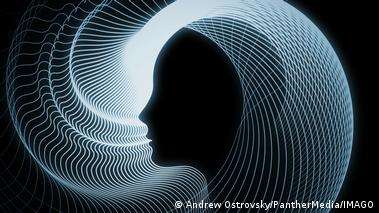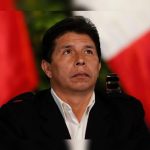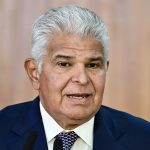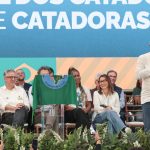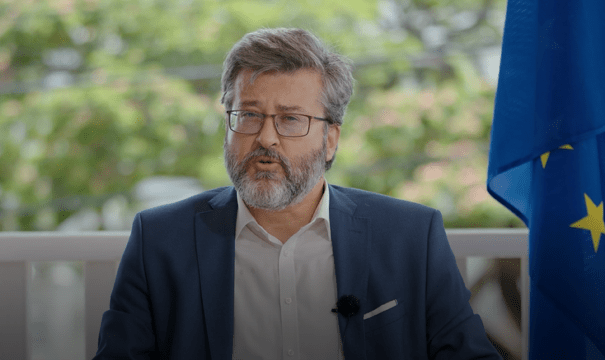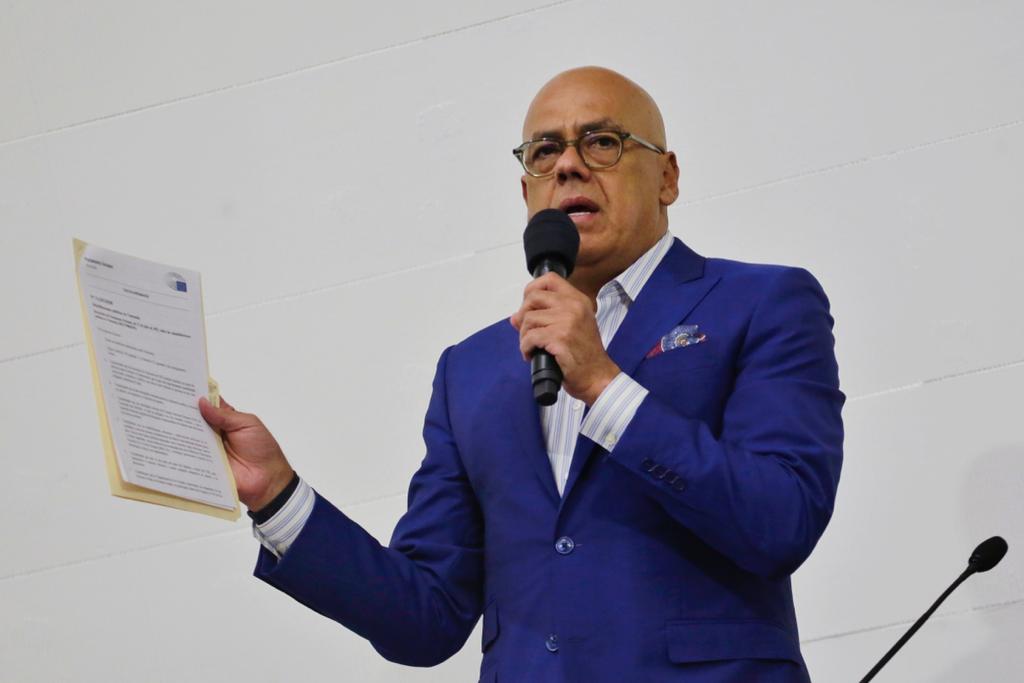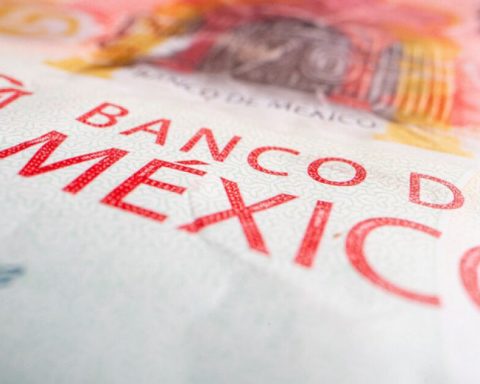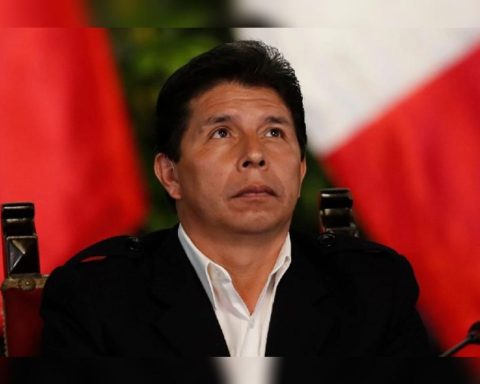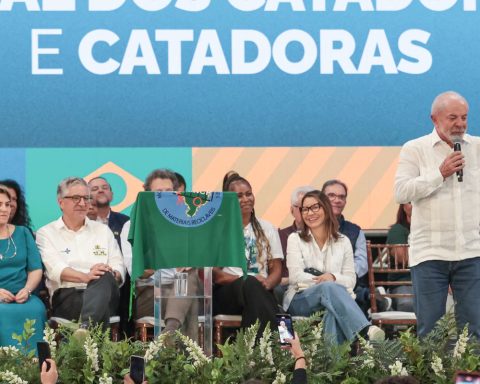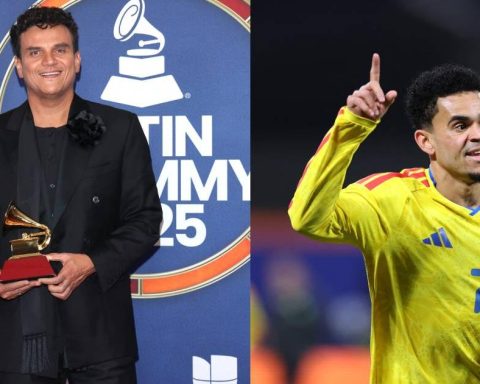July 13, 2023, 10:18 PM
July 13, 2023, 10:18 PM
In the late 1990s, two academics attending the Association for the Scientific Study of Consciousness (ASSC), after a few drinks in a German bar, made a bet. Christof Koch, a neuroscientist, bet David Chalmers, a philosopher, that by 2023 the mechanisms by which the brain’s neurons produce consciousness would be known. Chalmers thought otherwise.
The two scientists met once again publicly on June 23, at the ASSC’s 26th annual meeting in New York, where they declared Chalmers the winner.
“It was always a relatively good bet for me and a bold one for Christof.” says Chalmers, who is now co-director of the Center for Mind, Brain, and Consciousness at New York University. But he also says that this is not the end of the story, and that the answer will come in time: “Much progress has been made in this field“.
In the 1980s, Koch, a Meritorious Investigator at the Allen Institute for Brain Science in Seattle, Washington, began his search for neural fingerprints of consciousness. At that time, technological advances such as functional magnetic resonance imaging (fMRI) and optogeneticsaroused his optimism about the possibility of solving the mystery of consciousness in the near future.
Koch, then a young adjunct professor at the California Institute of Technology, captivated by all these techniques, confidently thought that the mystery of consciousness could be solved.. “I thought: 25 years from now? No problem”Koch said.
For many years, the bet, which would give the winner a few bottles of good wine, was forgotten. But a few years ago, Per Snaprud, a Stockholm science journalist who had interviewed Chalmers in 1998, brought the issue up again.
“Adversarial” experiments to test various hypotheses about consciousness
what finally helped settle the bet was a series of studies by rival consciousness researchers, launched by Koch and Chalmerswho would collaborate on experiments designed to test each other’s ideas about how the brain generates consciousness.
Some of the results of these studies, which tested two of the main hypotheses about the neural basis of consciousness, were reported at the conference.
The experiments were carried out in six independent laboratories to test the main theories of consciousness: the global workspace (GWT) and information integration (IIT). These theories differ in their explanation of the neural basis of consciousness: GWT focuses on a set of brain structures, whereas IIT sees it as a computational function.
Broadly speaking, both theories give researchers specific areas of the brain to examine more closely. The IIT suggests that the signs of consciousness are located in the posterior cortex, whereas the GWT posits that consciousness involves the prefrontal cortex, where information is transmitted through the interconnected brain.
However, the results presented at the meeting demonstrated that both theories remain incomplete and that neuroscientists still do not fully understand the nature of consciousness. So, in a friendly gesture, Koch took the stage and presented Chalmers with a case of fine wine during the main event.
“This tells us that both theories need to be reviewed,” declared, for his part, Nature Lucia Melloni, neuroscientist at the Max Planck Institute for Empirical Aesthetics in Frankfurt (Germany) and one of the participating researchers. But “the scope of that review is slightly different for each theory.”
Melloni points out that it is rare for advocates of opposing theories to be willing to put their ideas to the test by independent researchers.. “That takes a lot of courage and trust on their part.” In his opinion, projects of this nature are crucial for scientific progress, since they allow an open debate and an objective evaluation of the predictions of different theories.
Edited by Felipe Espinosa Wang.
